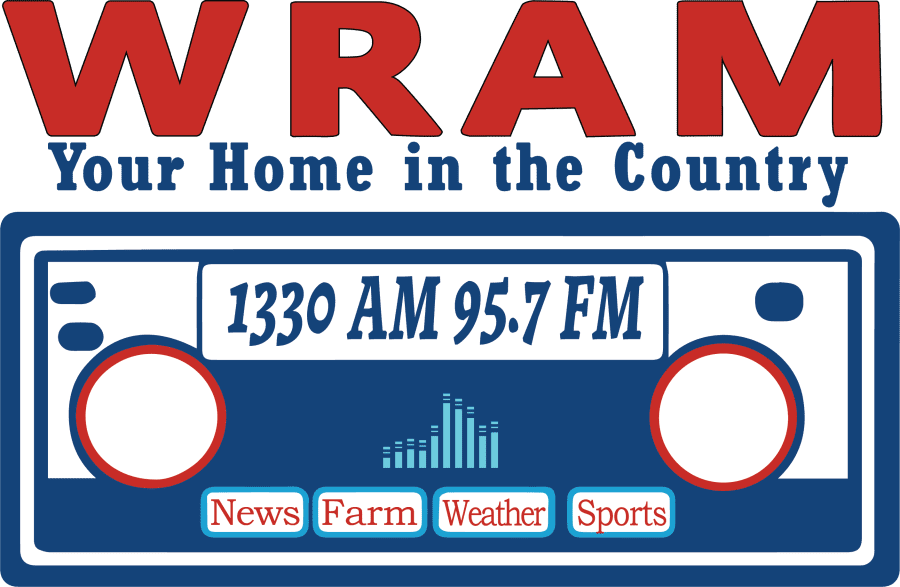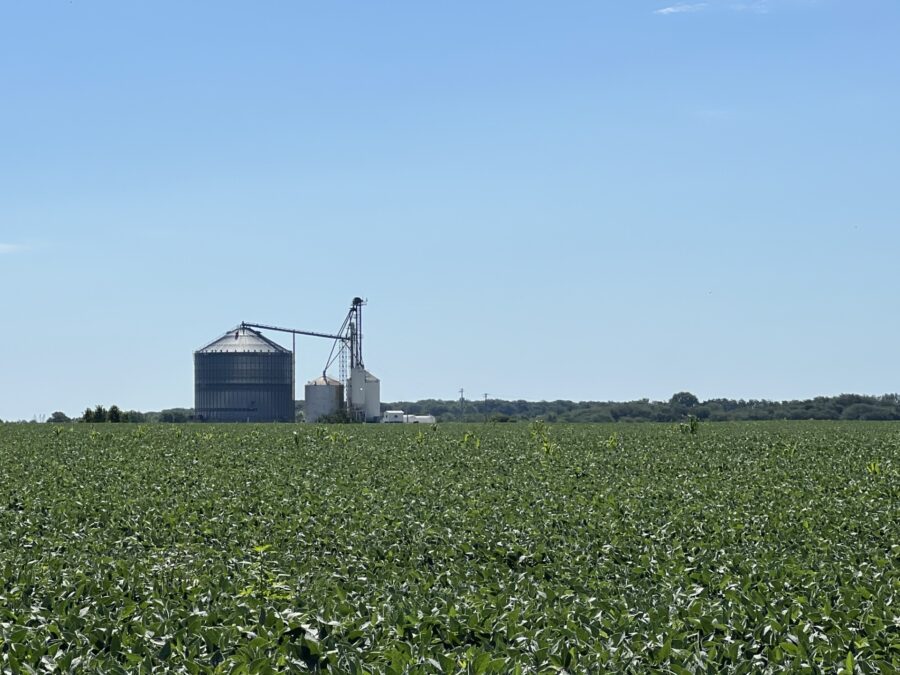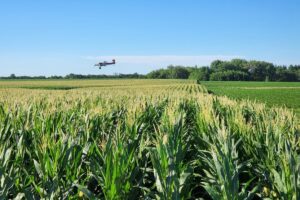July was warmer and wetter than usual across Illinois. The month saw temperatures averaging three degrees above normal, accompanied by increased precipitation levels.
According to Illinois State Climatologist Trent Ford, data going back to 1940 shows that this has been one of the most humid Julys on record for the state.
“The whole western half of the state this last month was much wetter than usual,” says Ford. And in some cases, in Monmouth, Macomb, and the closer you get to places like Burlington, talking four to six to eight inches wetter than normal for the month of July. So, not a lot of severe weather to speak of, but that activity from the jet stream definitely gave us a lot of precipitation in that part of the state.”

With above-average moisture levels, it raises yield concerns, shares Bayer Technical Agronomist Lance Tarchione.
“My biggest concern with soybeans is probably the amount of moisture we’ve had,” shares Tarchions. “I would expect to start seeing some yellowing in soybeans and wetter areas of fields. A lot of farmers are familiar with the saying that soybeans don’t like wet feet. I talked about how the excessive moisture is not good for corn- it’s probably more damaging for soybeans than it is for corn.”

After a wet July, Tarchione adds that the worst-case scenario for the soybean crop would be a lack of rain for weeks in August.














